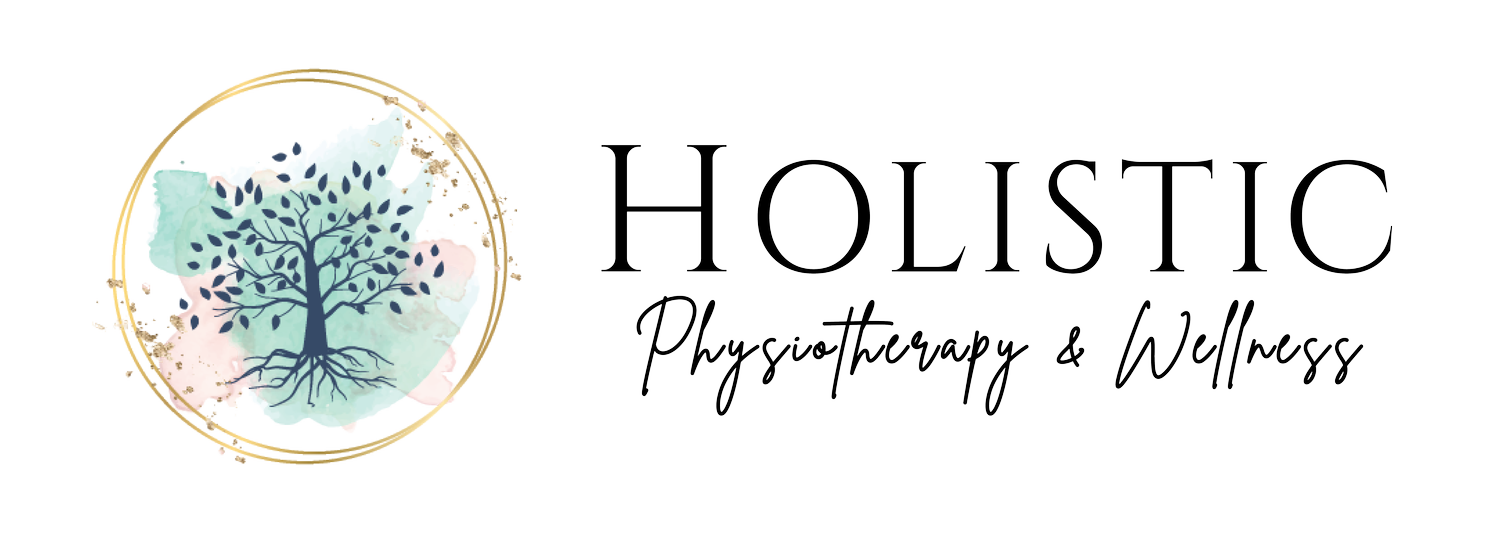Healthy School Lunches
Written August 10, 2024
Back to school also means back to packing lunches – and coming up with new ideas of what to send your little ones off to school with.
Make it Whole Foods
The best foods we can put into our bodies are real, whole foods – foods found in nature and used in their natural form. Choosing these as part of your child’s diet ensures they are receiving high nutrients and getting the brain-boosting benefits to focus and learn!
Start with the basics and include things from each food group - protein, fat, fruits, veggies, and whole grains.
The biggest portion of a meal should be made up of fruits and vegetables –ideally more veggies than fruit. Aim for at least 2 handfuls of veggies (2-3 different types), and 1 or 2 handfuls of fruit. Have a source of protein and fat to fuel the brain and keep them feeling full. Lastly, be mindful of how much of a lunch is made up of carbohydrates – ideally only 1/4. Carbs like bread, pasta, muffins, granola bars, etc., break down into sugar and affect attention, so we want to make sure this doesn't make up most of the meal. Read below for more on sugar.
3 Days of Lunch Ideas:
Day 1:
Vegetables: cut up cucumber, pepper, broccoli
Fruit: cut up strawberries
Fat: hummus to dip vegetables
Protein – left over chicken breast, or vegetarian chickpea & lentil salad
Carb: Made Good granola bar (peanut free, gluten free, vegan), or homemade muffins low in sugar/sugar free
Day 2:
Vegetables: cut up cauliflower and carrots
Fruit: grapes, blueberries
Protein: ground or sliced turkey, or vegetarian quinoa salad with beans & lentils
Carb: whole grain pita for turkey, or quinoa for vegetarian salad
Fat: hummus in pita
Day 3:
Vegetables: cucumber, carrots and pepper sticks
Fruit: sliced apples with cinnamon
Protein: chicken and vegetable soup, boiled/scrambled egg if vegetarian
Carb: organic muti-grain or sweet potato chips
Fat: guacamole or hummus dip for chips. nuts & seeds if allowed (ie. almond, cashew, pumpkin seed)
Skip the Sugar!
The Canadian Community Health Survey (2015) found on average children aged 2 to 8 consumed 101 grams (24 teaspoons) of sugar per day, and children aged 9 to 18 consumed 115 grams (28 teaspoons) per day. This was above the recommended amount of 12-24 grams (3-6 teaspoons) of sugar per day for children. A simple guideline to use when reading labels is: 4 grams of sugar = 1tsp
After consuming sugar, the brain struggles to pay attention and it becomes more difficult to retain information. Refined sugar is added to foods, snacks, and drinks like pop, chocolate milk, and sports drinks. Store bought fruit juice also contains a lot of sugar – both added and natural – and many health organizations now recommend reducing or eliminating it from the diet. Stick with water – you can add some fruit for natural flavouring!
Lastly, it’s good practice to read the nutrition and ingredients labels of any packaged foods you buy! If there are many ingredients you don't recognize, this can generally indicate a more processed food or high in additives. The more whole food it is, the more we can recognize the ingredients within!

